French toast transforms ordinary mornings into something magical, a comforting dish that blends simplicity with indulgence. But as any breakfast enthusiast knows, the true magic lies in the bread. Not all loaves are created equal—some soak up the custard mixture like a dream and crisp beautifully on the griddle, while others turn soggy or fall apart altogether. It’s not just about what’s available in your pantry; it’s about selecting a bread that brings texture, structure, and just the right hint of flavor to complement your toppings, whether that’s maple syrup, powdered sugar, or a generous dollop of whipped cream.
While it’s tempting to grab any slice and start cooking, choosing the right bread can elevate your French toast from decent to downright unforgettable. The ideal candidates have a sturdy crumb, slightly stale edges, and enough body to hold their shape after a good custard bath. Some are rich and buttery, enhancing the decadence of the dish, while others offer subtle tang or chew that adds intrigue to each bite. Whether you’re a weekend brunch pro or just looking to wow someone at the breakfast table, it’s time to dive into the breads that will take your French toast to the next level.
1. Smoked Mullet Dip
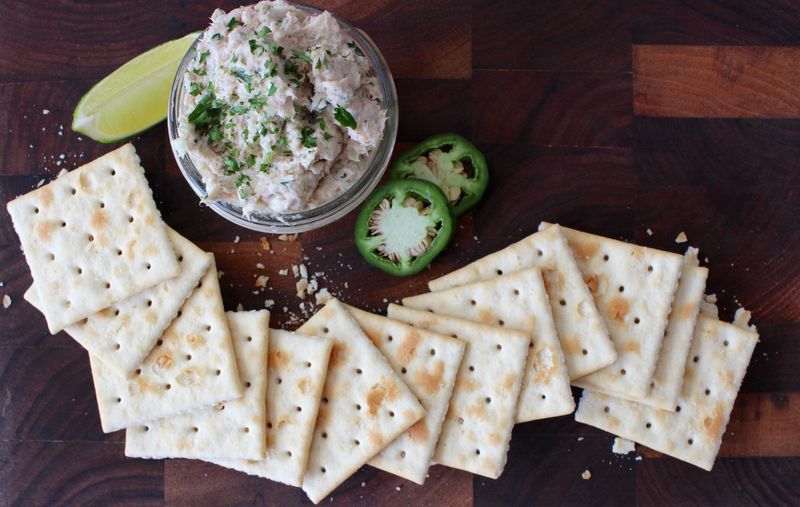
Coastal communities along Florida’s Gulf have treasured this smoky delicacy for generations. Local fishermen would smoke their daily catch over cypress wood, creating a rich, flaky fish perfect for dipping.
The preparation involves mixing the smoked mullet with cream cheese, mayonnaise, and secret spices passed down through families. Each fishing village had its own variation, some adding hot sauce or pickle relish.
Beach parties and family gatherings weren’t complete without this crowd-pleasing appetizer. Today, finding authentic smoked mullet dip requires visiting old-school fish houses that still honor traditional smoking methods.
2. Swamp Cabbage Stew
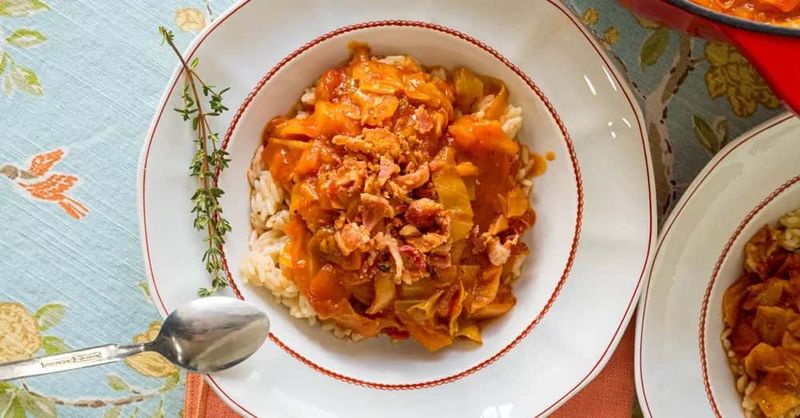
Heart of palm, locally known as swamp cabbage, sustained Florida pioneers through tough times. Native Americans first showed settlers how to harvest this tender core from cabbage palm trees.
Preparation required skill and patience – one wrong cut could ruin the entire palm heart. Families would simmer the delicate vegetable with bacon, onions, and whatever meat was available.
Sunday dinners often featured this hearty stew, especially during cooler months. The dish connected Floridians to their land in a way few modern foods can match. Finding authentic swamp cabbage stew today means seeking out restaurants that honor Florida’s frontier heritage.
3. Conch Fritters
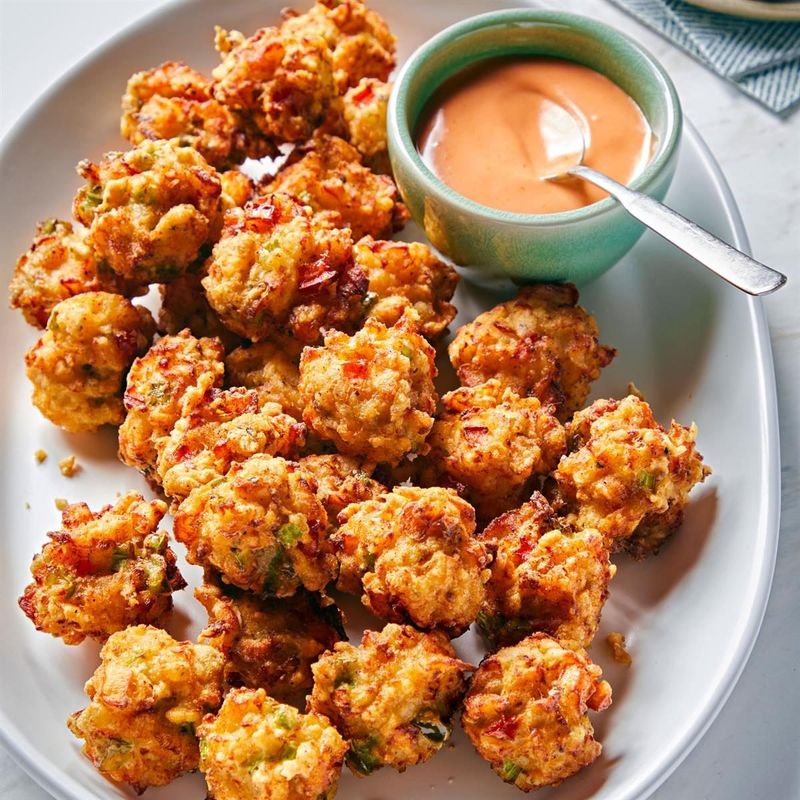
Bahamian immigrants brought this beloved recipe to the Florida Keys in the 1800s. The secret lies in tenderizing the tough conch meat through proper pounding and marinating techniques.
Old Key West families guarded their fritter recipes jealously, each claiming theirs was the most authentic. The batter typically included flour, eggs, and a mysterious blend of Caribbean spices.
Every local bar and restaurant served their version, often as a free appetizer to keep customers happy. The crispy exterior and chewy interior created a perfect contrast that defined Keys cuisine. Modern versions rarely capture the authentic flavor of those original island recipes.
4. Key Lime Pie
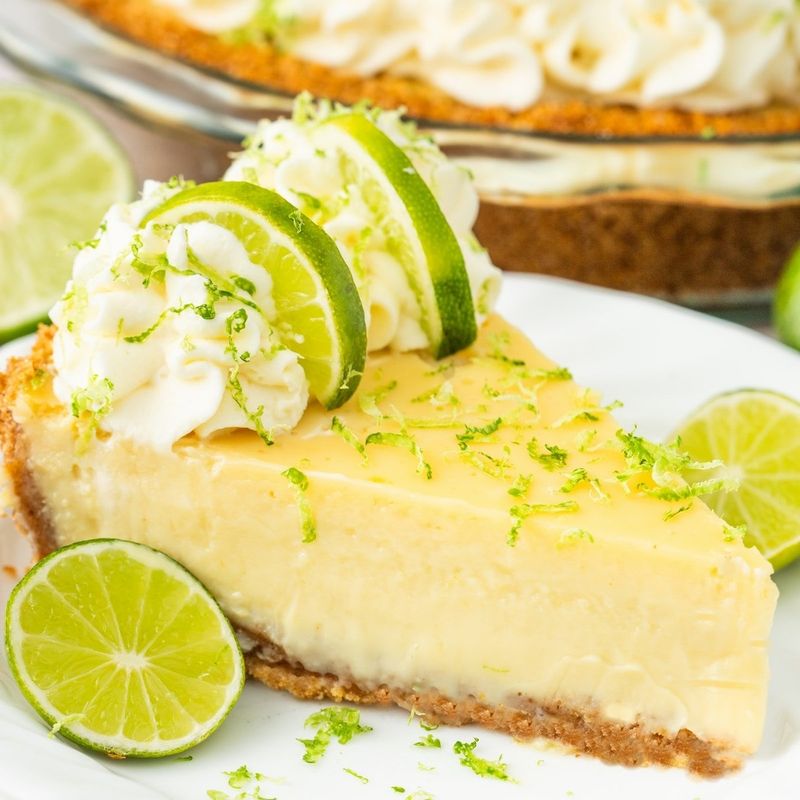
Authentic Key lime pie bears little resemblance to the bright green imposters found today. Real Key limes produce a pale yellow filling that’s both tart and creamy.
Sponge fishermen’s wives created this dessert using condensed milk, which didn’t require refrigeration on long voyages. The natural acidity of Key lime juice would “cook” the filling without heat.
Each family recipe varied slightly – some added meringue, others preferred whipped cream. The graham cracker crust became standard only in later decades. True Key lime pie represents the ingenuity of Florida’s maritime communities, turning simple ingredients into culinary magic.
5. Hush Puppies
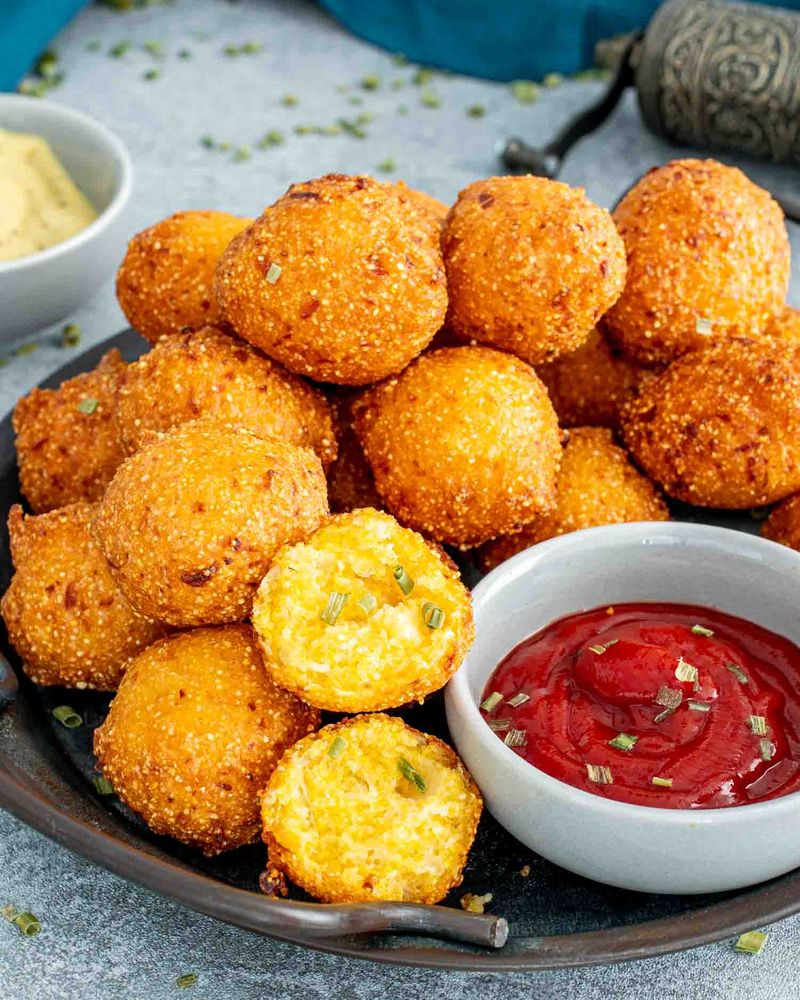
Legend claims these cornmeal fritters got their name from cooks tossing them to quiet barking dogs during fish fries. Whether true or not, hush puppies became essential to Florida’s outdoor cooking culture.
Every fish camp and backyard gathering featured these crispy spheres alongside fried fish. The batter combined cornmeal, flour, and often diced onions or jalapeños for extra flavor.
Timing was crucial – drop them in hot oil at just the right moment to achieve that perfect golden crust. Families would argue over whose recipe produced the fluffiest interior. Modern versions often lack the rustic charm of those cooked over open flames at weekend fish fries.
6. Cuban Sandwiches
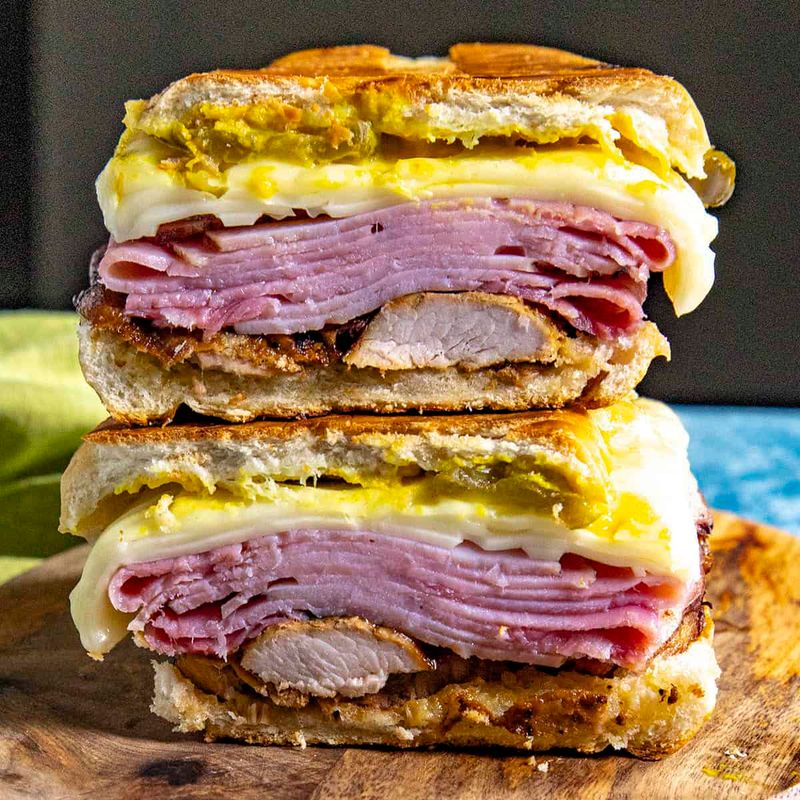
Tampa’s Ybor City birthed this iconic sandwich when Cuban cigar workers needed hearty lunches. The original recipe combined roast pork, ham, Swiss cheese, pickles, and mustard on Cuban bread.
Each sandwich shop had subtle variations, but the pressing technique remained constant. The heated plancha would flatten the sandwich while melting the cheese and crisping the bread.
Lunch counters throughout Tampa served these sandwiches to workers on tight schedules. The debate over authentic ingredients continues today – some insist on salami, others consider it heresy. Finding a traditional Cuban sandwich means visiting establishments that still honor the original Ybor City methods.
7. Deviled Crab

Blue crab season brought families together for messy, joyful crab-picking sessions. The tedious work of extracting meat from shells was worth the effort for this beloved dish.
Grandmothers would mix the precious crabmeat with breadcrumbs, eggs, and seasonings before stuffing the mixture back into cleaned shells. Each family guarded their spice blend secrets.
The final step involved baking until golden brown, creating a crispy top over tender crab filling. Restaurant versions never matched the love and patience that went into homemade deviled crab. Today’s imitations often rely on artificial crab, losing the authentic flavor that made this dish special.
8. Fried Gator Tail
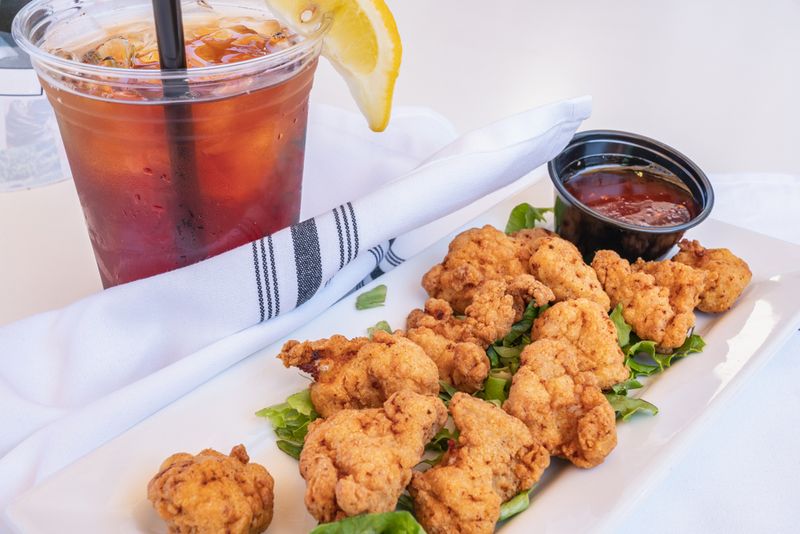
Seminole Indians first taught settlers that alligator meat was both safe and delicious when properly prepared. The tail meat, being the most tender, became the preferred cut for frying.
Preparation involved soaking the meat in buttermilk to remove any muddy taste, then coating in seasoned flour. The key was maintaining the right oil temperature to avoid tough, chewy results.
Roadside stands throughout the Everglades served this exotic delicacy to adventurous tourists. The meat’s mild flavor and chicken-like texture surprised many first-time tasters. Modern health regulations have made authentic gator tail harder to find, turning this once-common dish into a rare treat.
9. Guava Pastries
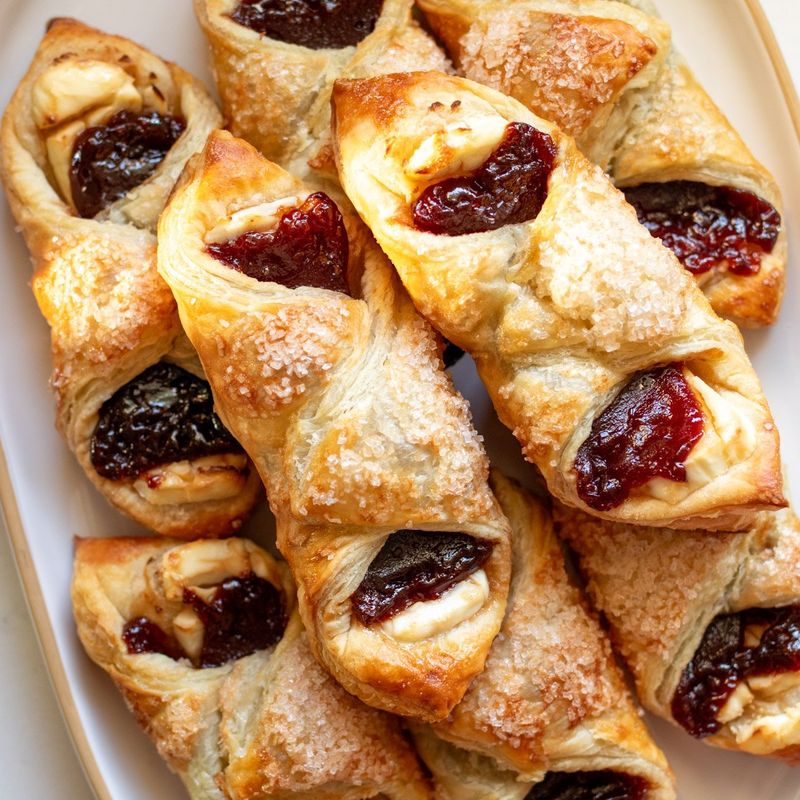
Cuban bakeries throughout Miami perfected these sweet treats using guava paste and flaky pastry dough. The tropical fruit’s intense sweetness balanced perfectly with buttery, crispy layers.
Bakers would roll the dough thin, add guava paste, then fold carefully to prevent leaking during baking. The technique required skill to achieve the perfect pastry-to-filling ratio.
Morning coffee wasn’t complete without these pastries at neighborhood cafeterias. Families would stop by their favorite bakery for fresh guava pastries still warm from the oven. Modern mass-produced versions lack the artisanal quality that made these pastries a beloved morning ritual throughout South Florida.
10. Orange Sherbet
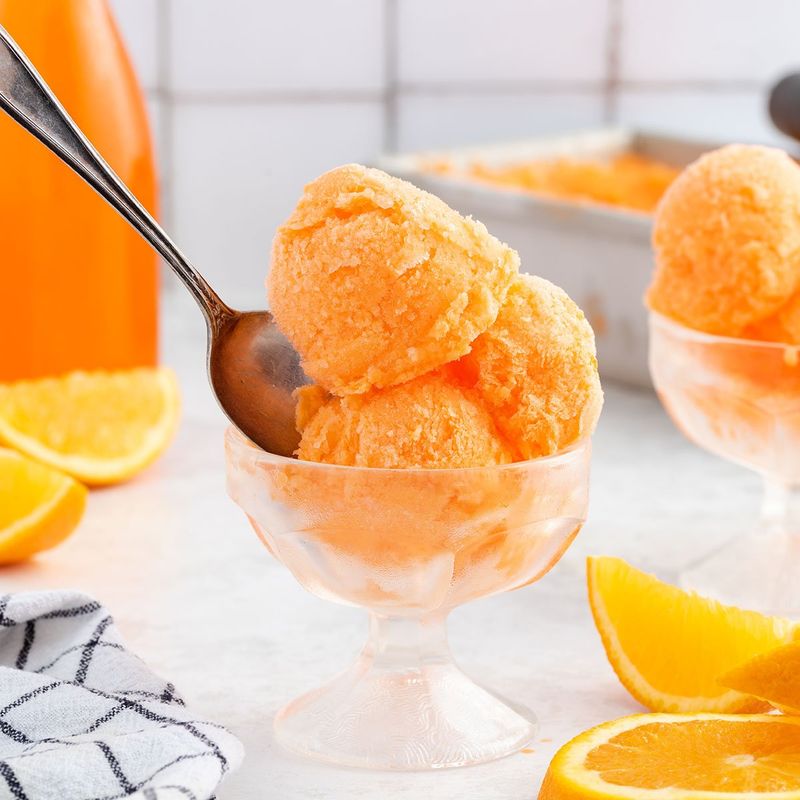
Florida’s citrus groves inspired this refreshing dessert that cooled families during sweltering summers. Unlike modern versions, authentic orange sherbet contained real fruit juice and pulp from local oranges.
Ice cream parlors would make fresh batches daily, adjusting sweetness based on the oranges’ natural sugar content. The texture was lighter than ice cream but richer than sorbet.
Children would beg for orange sherbet after school, and adults enjoyed it as a palate cleanser after heavy meals. The bright, natural flavor captured the essence of Florida sunshine in every spoonful. Today’s artificial versions can’t replicate the pure, clean taste of sherbet made from tree-ripened Florida oranges.
Leave a comment